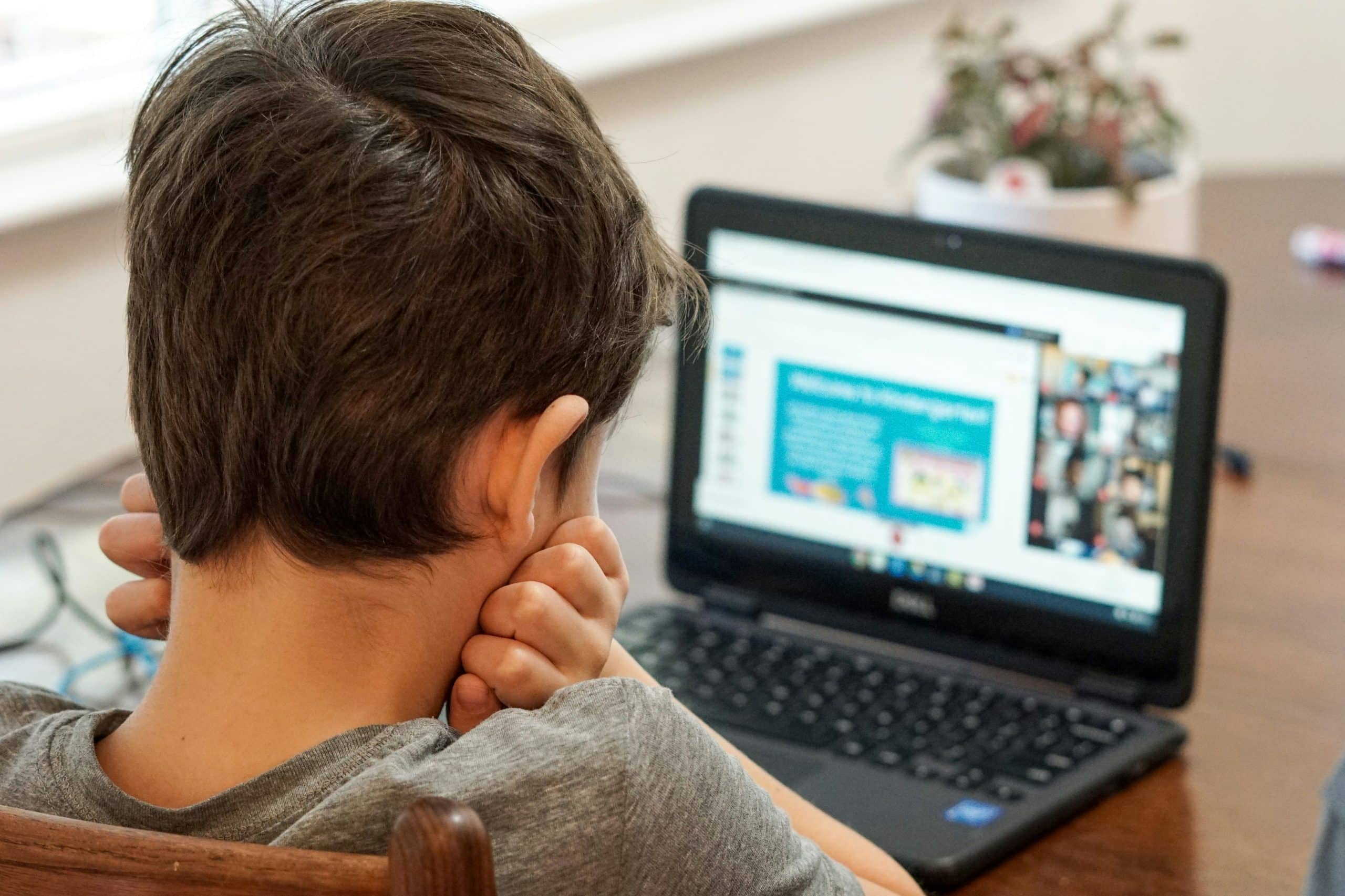The rise of technology in education has been an unstoppable force, reshaping the landscape of how knowledge is delivered and received. Among the most intriguing advancements are virtual assistants — sophisticated software programs that harness artificial intelligence (AI) to perform tasks, answer questions, and even simulate conversation. As the educational sector continues to evolve, it’s imperative to examine the role these digital helpers can play. Can they truly enhance the learning experience for students? This article delves into the potentials and practices of employing virtual assistants in education, revealing how they could revolutionize teaching and learning across the globe.
The dawn of artificial intelligence in education
Artificial intelligence has made significant inroads into various sectors, and education is no exception. The integration of AI in the form of virtual assistants in educational settings is not just a futuristic concept; it’s a reality that’s gaining traction. These virtual entities, equipped with capabilities such as natural language processing, are designed to offer a more personalized learning experience. They can cater to individual student needs, adapt to different learning paces, and provide instant feedback — all crucial components in the educational journey.
Dans le meme genre : How drones are changing the face of delivery services
Personalized learning with ai
One of the hallmarks of a robust learning environment is the ability to tailor educational content to individual students. Virtual assistants, powered by AI algorithms, can analyze a student’s performance, learning habits, and preferences to create a customized learning plan. This level of personalization is difficult to achieve in a traditional classroom setting, where one teacher may be responsible for the progress of many students. Virtual assistants can fill this gap, offering a learning experience that adjusts to the unique requirements of each scholar.
Interactivity and engagement
Another aspect of virtual assistants that enhances education is their ability to engage students interactively. Unlike passive methods of learning, AI-driven assistants can simulate conversations, pose problems, and guide students through complex concepts in an engaging manner. This interaction can lead to improved student engagement and retention of information, as learners are actively participating in the learning process rather than merely consuming information.
Cela peut vous intéresser : Top 3 of the best automatic text generators ?
Virtual assistants as educational resources
Virtual assistants in education are not just confined to delivering personalized learning experiences. They serve as a valuable resource, guiding students through research, assisting with homework, and even helping with administrative tasks. These digital helpers are transforming the way educational resources are accessed and utilized.
Access to information and research
Imagine having a virtual teaching assistant that can search databases, such as Google Scholar, to find academic papers and resources in an instant. This can make the research process for essays and projects significantly more efficient and comprehensive. By leveraging a virtual assistant, students can cut down on time spent searching for relevant information and can focus more on analysis and learning.
Assistance with administrative tasks
Beyond academic support, virtual assistants can also manage administrative tasks that may otherwise consume valuable time. Scheduling, reminders, and managing course materials can all be handled efficiently by a virtual assistant, allowing students to concentrate on their studies. This administrative support can alleviate stress and help students maintain better organization throughout their educational endeavors.
Virtual teaching assistants in the classroom
The application of virtual assistants is not limited to individual student use. They are also making their way into classrooms as virtual teaching assistants. These AI-powered tools can assist educators with lesson planning, grading, and providing additional support to students during and after class hours.
Supplementing teachers’ efforts
Virtual teaching assistants can offload some of the repetitive tasks that teachers face, such as grading quizzes and managing classroom logistics. This enables educators to dedicate more time to developing innovative teaching strategies, crafting more engaging lesson plans, and providing one-on-one support to students who need it.
Providing after-hours support
Often, students have questions or require assistance outside of regular school hours. Virtual teaching assistants can be available 24/7 to address student queries, giving learners the help they need whenever they need it. This constant availability ensures that the learning process is continuous and not confined to the walls of a classroom or the constraints of a school schedule.
Future prospects of virtual reality in education
As virtual reality (VR) technology advances, its potential for educational purposes becomes increasingly apparent. VR can create immersive learning experiences that are not possible in a traditional classroom setting. When combined with AI and virtual assistants, the possibilities for enhancing the learning experience become even more exciting.
Immersive learning experiences
Virtual reality can transport students to different times, places, and environments, providing them with a rich, immersive learning experience. Adding virtual assistants to this mix can facilitate guided learning within these virtual environments, making complex concepts more accessible and engaging for students of all ages.
Expanding educational horizons
The integration of VR and virtual assistants in education has the potential to expand the horizons of what can be taught and learned. Subjects that require hands-on experience or are difficult to visualize could be brought to life, offering students deeper insights and a more profound understanding of the material.
Conclusion: the virtual edge in education
Virtual assistants, with their AI-driven capabilities, are set to redefine the educational landscape. By offering personalized learning environments, interactive engagement, and 24/7 assistance, they can enhance both the teaching and learning experiences. As educators and institutions embrace these tools, students are likely to benefit from more efficient access to information, better organization, and richer learning experiences.
While challenges remain, including ensuring equitable access to technology and addressing privacy concerns, the advantages of integrating virtual assistants into education are compelling. As the technology continues to improve, the role of virtual assistants will likely become more prominent, offering students a dynamic and responsive companion in their educational journey.
In conclusion, virtual assistants have the potential to significantly enhance educational experiences, creating a more personalized, interactive, and immersive learning environment. As we look to the future of education, it is clear that the integration of these digital companions will play a pivotal role in shaping the next generation of learners.











